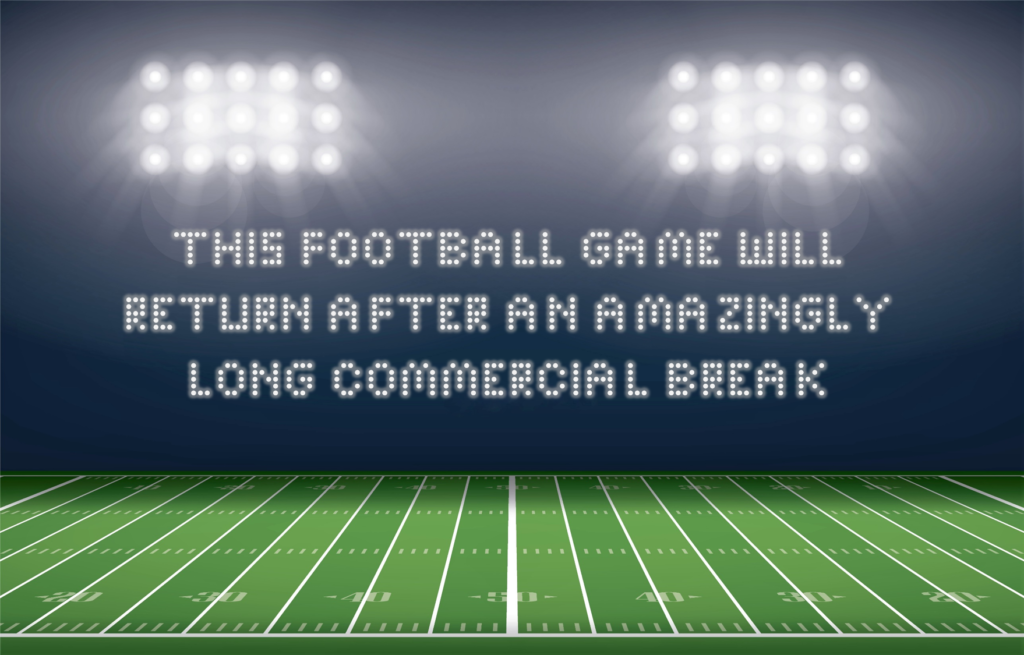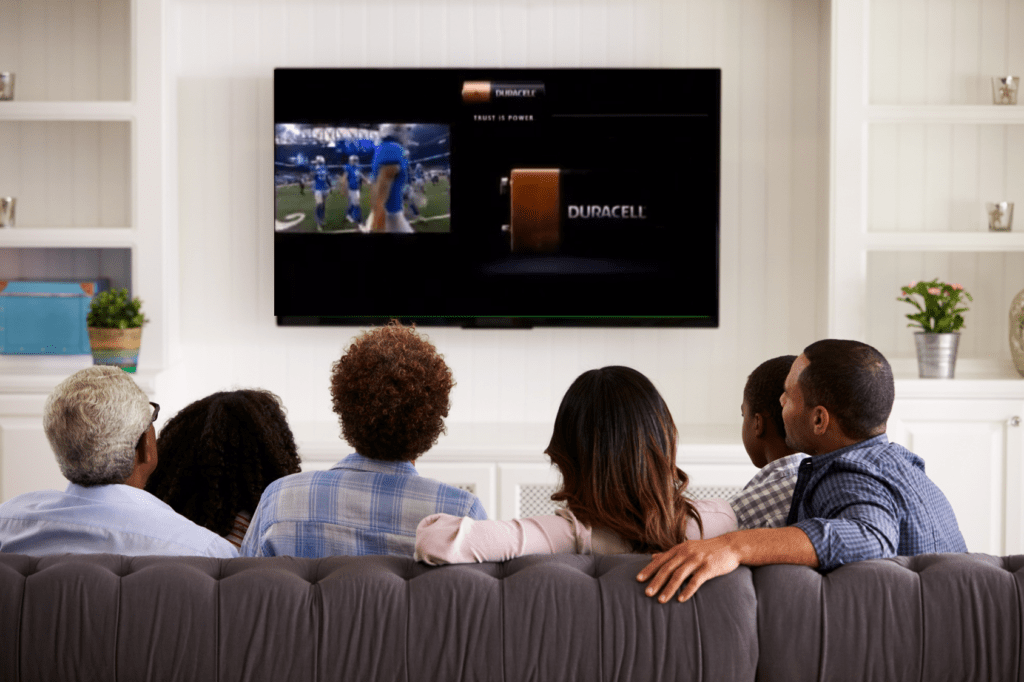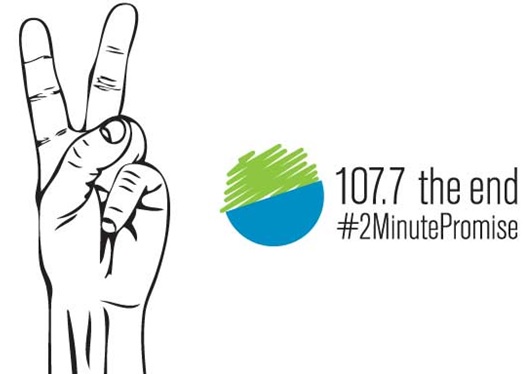
Here’s a money quote – literally – from a top media executive:
“Our entire media model is based on reach, and it’s been that way for decades. We look for media strategies that will get our (content) in as many households as possible, and that has traditionally meant broadcast…and broadcast is still very powerful. The issue is that now reach is more complicated because more people are spending more time on digital platforms.”
No, these are not the words of a radio or television corporate officer. It’s Brian Rolapp, the chief media and business officer of the National Football League. And he’s talking about how the impact of network TV football games is changing.
I did a little light editing on his quote, but the essence of it is on-point. And that leads to the biggest question facing the NFL this season – besides where to forward Antonio Brown’s mail and the size of Tide’s ad budget:
How to stop the bleeding from the continued loss of NFL ratings on broadcast and cable TV
As Rolapp notes, the league cannot sit still and continue to produce the same product, season after season, year after year and expect a different result. And that’s especially true when it comes to its in-game commercial format. Just like in radio, there are only so many minutes in an hour, a quarter, and a game. How they are configured could make a huge difference in the ways in which fans watch the games – or avoid them.
In a recent story in The Drum by Andrew Blustein – “NFL calls shrinking ad breaks a win as it plots growth across digital” – Rolapp says the league has challenged both its advertisers and its affiliates to propose new innovations for how to program all those commercials.
 If you watched any NFL games over this past weekend, you may have noticed three significant changes in the way the league is architecting its advertising.
If you watched any NFL games over this past weekend, you may have noticed three significant changes in the way the league is architecting its advertising.
First, the advent of what are called “double box commercials” – quick 6-second ads that run side by side during the game. Second, there are fewer breaks per quarter – from five to four. And finally, the NFL is making more use of archived content and digital platforms – like Twitter and Instagram – to grow the league’s presence beyond broadcast parameters.
These moves are showing signs of success. Rolapp says the NFL’s research indicates viewers are as – if not more – attentive to “double box commercials.” And their belief is that fewer commercials and fewer interruptions will help it maintain or grow its broadcast ratings.
And then there’s the digital piece. Rolapp says the NFL has a sandbox in which to experiment with new commercial formats and innovations – the NFL Network. It carries eight games in a much less pressurized advertising environment giving the league a chance to see how new marketing innovations work. The best ones can be brought to the big broadcast games.
 The radio analogies are obvious. We’ve talked about KNDD’s “2 Minute Promise” many times in this blog – because it has worked. But these types of commercial experiments in radio are too few and far between. While the NFL might be searching hard to find more innovative ways to meld its content with its marketing power, broadcast radio does not seem to be as motivated.
The radio analogies are obvious. We’ve talked about KNDD’s “2 Minute Promise” many times in this blog – because it has worked. But these types of commercial experiments in radio are too few and far between. While the NFL might be searching hard to find more innovative ways to meld its content with its marketing power, broadcast radio does not seem to be as motivated.
Yet, radio has its equivalent of an NFL Network testing ground. Many, many multi-station clusters have an under-performing station that’s often “bonused” by the sales department. These perennial losers are almost under-funded and overlooked.
They could be the place for experimentation – whether it’s featuring a novel music format, trying a new talk concept, or test driving a new reduced commercial format. And at the same time, integrating different digital tools, whether it’s under-the-radar social media platforms, Twitch, Facebook Live, video streaming, or other distribution outlets rarely used could become a Petri dish for broadcast radio.
HD2s provide another testing ground for all sorts of innovations, whether they’re content or commercial-related.
The NFL may or may not figure it out. But there’s too much money riding on these games, franchise fees, advertising partnerships, player salaries, and the value of the teams themselves not to give it the old college try.
For the NFL – and radio – it’s time to drop back and start attempting some creative pass plays – before we’re all forced to throw a Hail Mary.
- Can Radio Afford To Miss The Short Videos Boat? - April 22, 2025
- Media And Technology In 2025: Believe It Or Not! - April 18, 2025
- In Radio, You Just Never Know - April 17, 2025




Great food for thought Fred. I DVR all the games, and speed through the stop-sets, so I was not aware of the changes, but I welcome them!
Gene
They’re not as obtrusive as you may think, Gene. Plus, I could never watch a DVRd game – I would fast-forward to the end (or check my phone to see who) won. Thanks for the comment.
Interesting move by the NFL.
But I gotta say, I’ve NEVER heard any football fan complain about “too many commercials” during a game.
Now, RADIO, on the other hand…
Then you’ve never watched a game with me! Thanks, JC.
Great observations, Fred.
Having overseen the radio broadcast for an NFL team – and all four major sports – the commercials (including in-game sponsorships) were always the main complaints. Shortening breaks is a must to maintain audience interest.
The campaign Tide is running is particularly brilliant. Almost as incredible as whatever happened between Antonio Brown and the Patriots (surely Russians were involved).
But much like radio, the NFL still has a product problem beyond stop-sets. MLB games average a half-hour longer than a decade ago. Football games take much longer now because of ticky-tack penalties, endless challenges, and especially because so much of what made football the most popular sport in America has been taken away.
Timing is everything, Andy. And increasingly, sports like baseball and football that stop and start between plays/pitches are especially challenged. Add in commercials and other sponsor obligations and those dreaded challenges (OK, and injuries), and you’ve got a the perfect storm and a serious flow problems.
Like you, I was knocked out by Tide and the imagination of a campaign for powder your throw in your washing machine, turning Tuesday into #LaundryNight – brilliant, simply brilliant. It shows that commercials can be clever, innovative, and even entertaining. Thanks for chiming in.
Its the commercials that keep me from watching most games. If I go to watch a high school game its over in 90 minutes bam lots of action a 15 min half time and onto more action its over – I don’t want top spend 3 hours for a 90 minute game so I don’t. My sons watches his web stuff while watching game dual media is very popular amongst my sons so the box on the side makes sense as they are used to dual imaging.
As for radio less commercials – yes. I have become big fan of local community radio of late. On a personal note – I produce a weekly podcast it has commercials in it. Been thinking of pulling back to a total of 4 minutes verses current 8 min during hour show – thinking charge more per spot and leave room for segment sponsorship drops instead.
P.S. I’m still a believer in radio and am looking to shop the show to station owners as well as its a perfect show for many stations – its a full on entertainment show centered around car culture: news, interviews, stories and trivia and lots of laughs. If you know anyone open to such a show let me know – thanks.
Best
Appreciate it, Steve. Programmers tend to sweat every detail of their content, but don’t often give a whole lot of consideration to the commercials. As you point out, they matter very much. Thanks for weighing in.
Classic Drake format for CKLW (and KHJ for that matter) had no more than 2 minutes at a time. You could hear 20 stops an hour, but you’d never drag a stop set longer than 2 minutes. And huge ratings was the reward. Corporate America figured it out for TV and cable. Let’s hope it catches on again for radio…
It sure made sense back then, Bryan. Thanks for the comment.
Through the years it has gotten so bad that every sunday in the fall around noon central time I know pro football games take the spotlight but I also think just as much about how many commercials are going to be on and I understand the amount of these ads but it has gotten out of control. I think they are doing a little better in 2019 though.
Even so in unrelated there is way too predictable camera work with instant replays and closeups and what not not too mention they show the popular teams way too much. Rinse repeat every year but at least the road to s bowl 54 is really really wide open with a bunch of good teams.
Appreciate it, Don. Hope your team comes through.